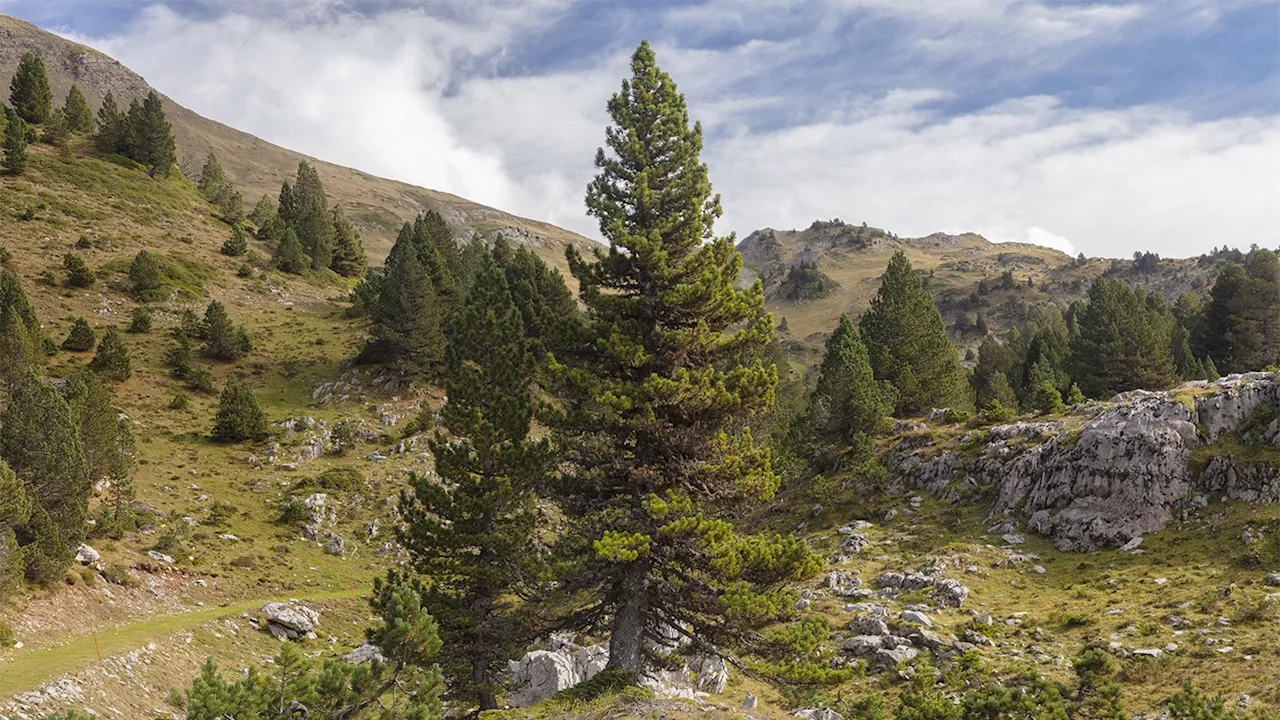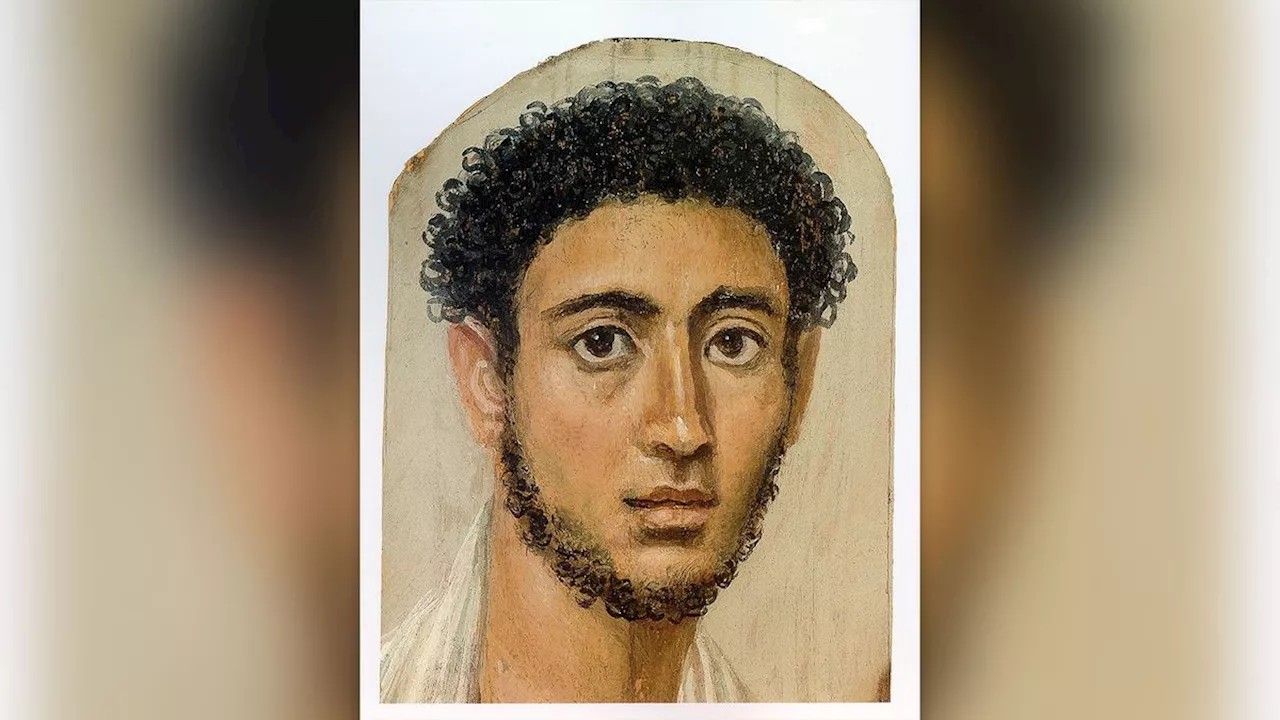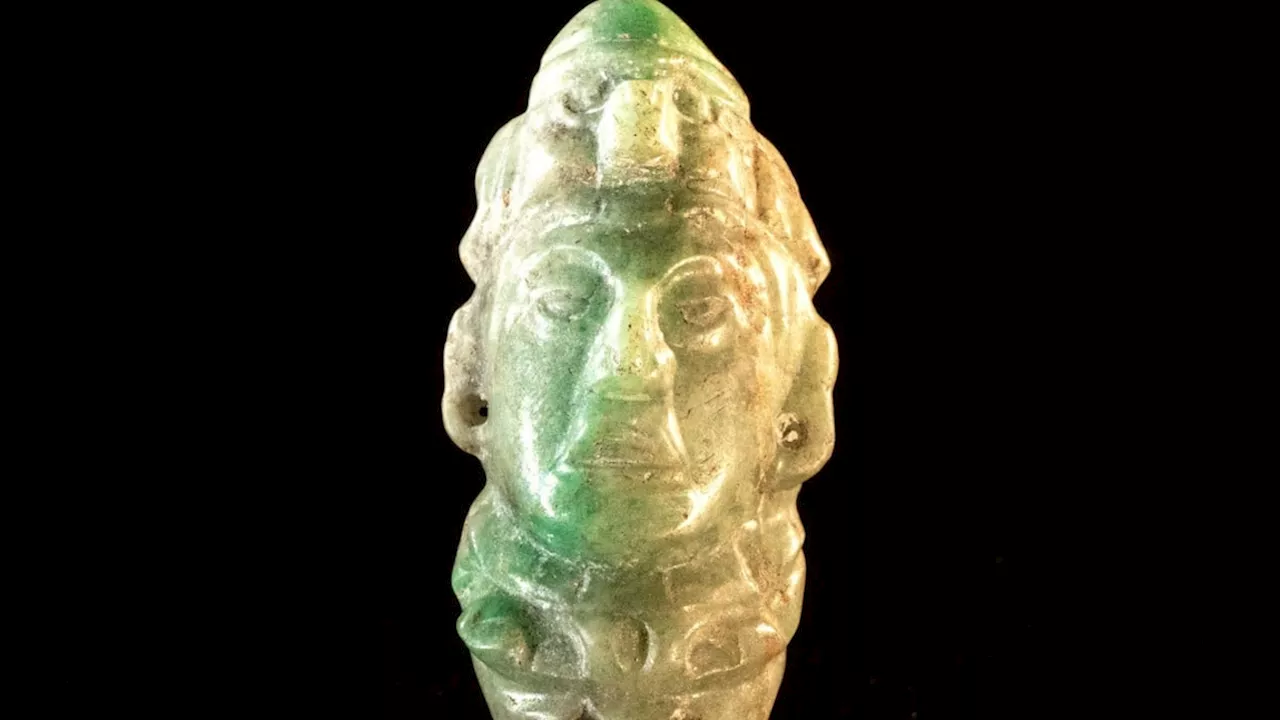A roundup of some of our favorite items from the ScienceAdviser daily newsletter
The 1000-year-old brain of an individual excavated from a churchyard in Ypres, Belgium. The folds of the tissue, which are still soft and wet, are stained orange with iron oxides.How does 3D-printed wood compare to the real thing? Do long genes age faster than short ones? And why did scientists teach a robot how to do parkour? Check out the answers below in some of our favorite selections from, building your home out of sticks is a recipe for disaster.
Traditional methods of wood shaping are subtractive and tend to produce large amounts of waste, which is usually discarded or recycled into materials like fuel, mulch, and animal bedding. In a study published last week in—including a collection of miniature tables and chairs. The resulting constructions, the study authors report, looked, felt, and smelled just like the genuine article—and even had the durability of natural wood.
Even by the human body’s soft tissue standards, the brain is a delicate organ. It often decays and liquefies shortly after death. Well-preserved brain tissue has been recorded under some well-studied circumstances: mummification, freezing in permafrost, being tanned and preserved by acidic peat bogs. But most have assumed these circumstances were relatively rare in the archaeological record.
Forensic anthropologist and former undertaker Alexandra Morton-Hayward used to think so, too. But in a study published this week in the—up to 12,000 years in one case. Why do some brains survive whereas other turn to mush? “Just as we’re all different in life, we all decompose differently in death,” Morton-Hayward says. “A lot seems to depend on how you lived and what you die from.”When the human body grows old, it undergoes a series of profound transformations.
Scientists generally believe that, as we are exposed to ultraviolet radiation, harmful molecules, and other forms of wear and tear, the DNA within our cells gradually accumulates damage. But although many studies have attempted to determine which areas of the genome are involved in accelerating aging—and pinpoint those that may slow it down—researchers have yet to uncover a clear pattern in what the proteins that genes associated with aging actually do..
South Africa Latest News, South Africa Headlines
Similar News:You can also read news stories similar to this one that we have collected from other news sources.
 This ancient diary reveals how Egyptians built the Great PyramidsThe Pyramids of Giza are an architectural feat, and long thought a mystery. But the Red Sea Scrolls give an unprecedented look at who built the ancient wonder.
This ancient diary reveals how Egyptians built the Great PyramidsThe Pyramids of Giza are an architectural feat, and long thought a mystery. But the Red Sea Scrolls give an unprecedented look at who built the ancient wonder.
Read more »
 Turns out, the Bonneville Salt Flats have nothing to do with ancient Lake BonnevilleThe iconic salt crust west of the Great Salt Lake is much younger and more ephemeral than we thought.
Turns out, the Bonneville Salt Flats have nothing to do with ancient Lake BonnevilleThe iconic salt crust west of the Great Salt Lake is much younger and more ephemeral than we thought.
Read more »
 Strange Metal From Beyond Our World Found in Ancient Treasure StashThe Best in Science News and Amazing Breakthroughs
Strange Metal From Beyond Our World Found in Ancient Treasure StashThe Best in Science News and Amazing Breakthroughs
Read more »
 Ancient trees’ gnarled, twisted shapes provide irreplaceable habitatsTraits that help trees live for hundreds of years also foster forest life, one reason why old growth forest conservation is crucial.
Ancient trees’ gnarled, twisted shapes provide irreplaceable habitatsTraits that help trees live for hundreds of years also foster forest life, one reason why old growth forest conservation is crucial.
Read more »
 13 treasures the ancient Egyptians buried with their dead, and what they meanOwen Jarus is a regular contributor to Live Science who writes about archaeology and humans' past. He has also written for The Independent (UK), The Canadian Press (CP) and The Associated Press (AP), among others. Owen has a bachelor of arts degree from the University of Toronto and a journalism degree from Ryerson University.
13 treasures the ancient Egyptians buried with their dead, and what they meanOwen Jarus is a regular contributor to Live Science who writes about archaeology and humans' past. He has also written for The Independent (UK), The Canadian Press (CP) and The Associated Press (AP), among others. Owen has a bachelor of arts degree from the University of Toronto and a journalism degree from Ryerson University.
Read more »
 Everything we thought we knew about the ancient Maya is being upendedThe world the Maya made has been shrouded by jungle for centuries. Now, a tool call lidar is revealing its staggering scale and sophistication.
Everything we thought we knew about the ancient Maya is being upendedThe world the Maya made has been shrouded by jungle for centuries. Now, a tool call lidar is revealing its staggering scale and sophistication.
Read more »
